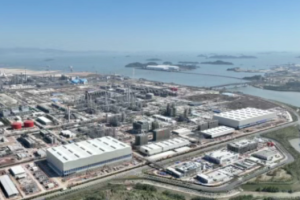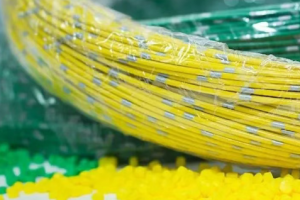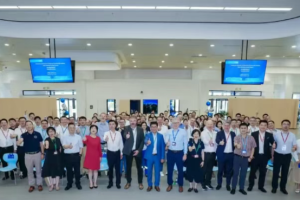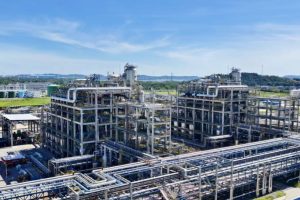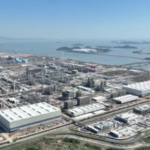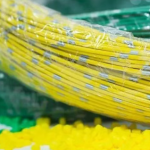July 17, 2025 –
The bubble tea industry’s plastic footprint has reached alarming levels, with packaging waste emerging as the sector’s most pressing sustainability challenge. AsiaMB’s latest industry analysis reveals that beverage chains generated over 440,000 metric tons of waste last year – enough to fill 1,200 Olympic-sized swimming pools – with single-use plastics accounting for nearly all discarded materials.
A disturbing trend of packaging bloat has been identified across major chains. The average drink now comes with up to 12 separate components, many serving purely aesthetic purposes. While leading brands like Mixue Bingcheng and Chabaidao have introduced plant-based PLA alternatives, our investigation found these “eco-friendly” solutions often end up in incinerators due to inadequate composting infrastructure.

“The biodegradability claims collapse when you examine actual disposal practices,” explains Dr. Liang Wei, materials scientist at Tsinghua University. “Without proper industrial composting facilities, these alternatives might as well be conventional plastics.”
Industry performance remains woefully inadequate, with sustainability ratings showing only one major operator scoring above 50% compliance. Packaging innovators suggest a four-pronged approach: lightweighting existing designs, implementing cup return systems, improving recyclability, and accelerating next-gen material development.
Several color masterbatch producers have positioned themselves as key enablers of this transition. “We’re seeing strong demand for specialized additives that maintain performance in thinner, more sustainable packaging,” notes AsiaMB’s lead analyst. “The brands that solve their packaging paradox first will gain significant competitive advantage.”
With regulators preparing stricter Extended Producer Responsibility (EPR) rules and Gen Z consumers demanding greener options, the race to reinvent bubble tea packaging has become the industry’s most consequential innovation challenge.



